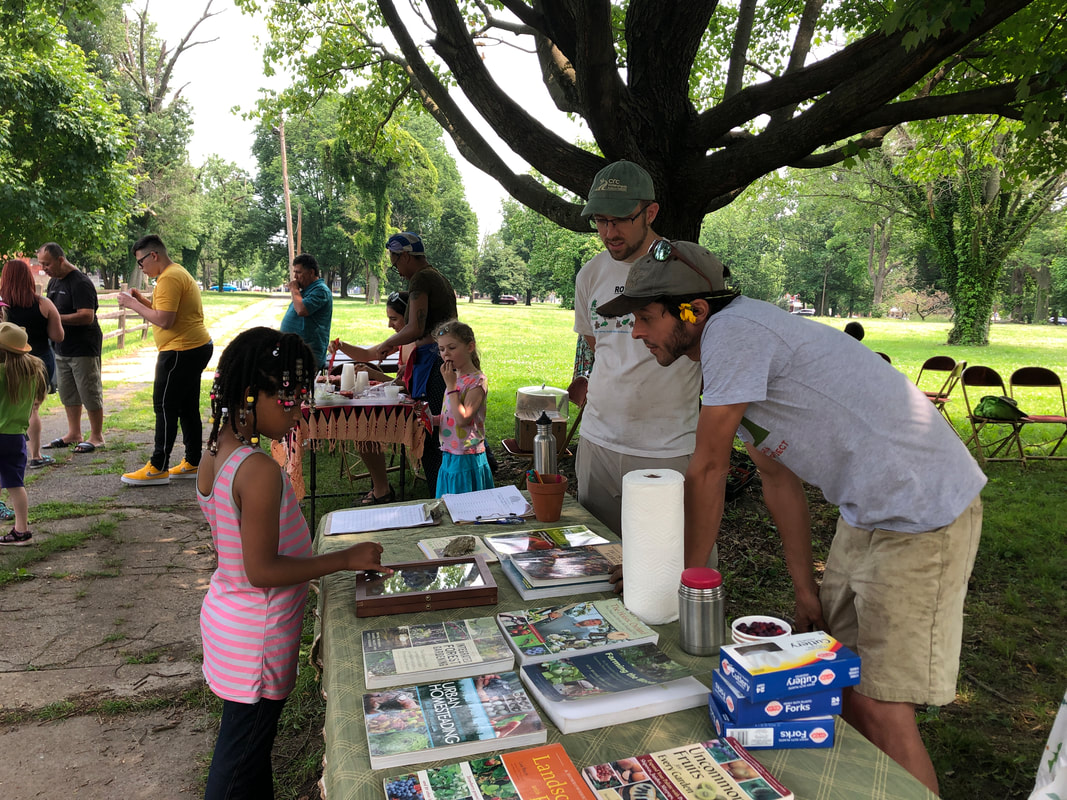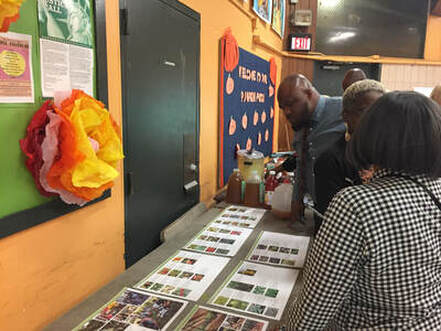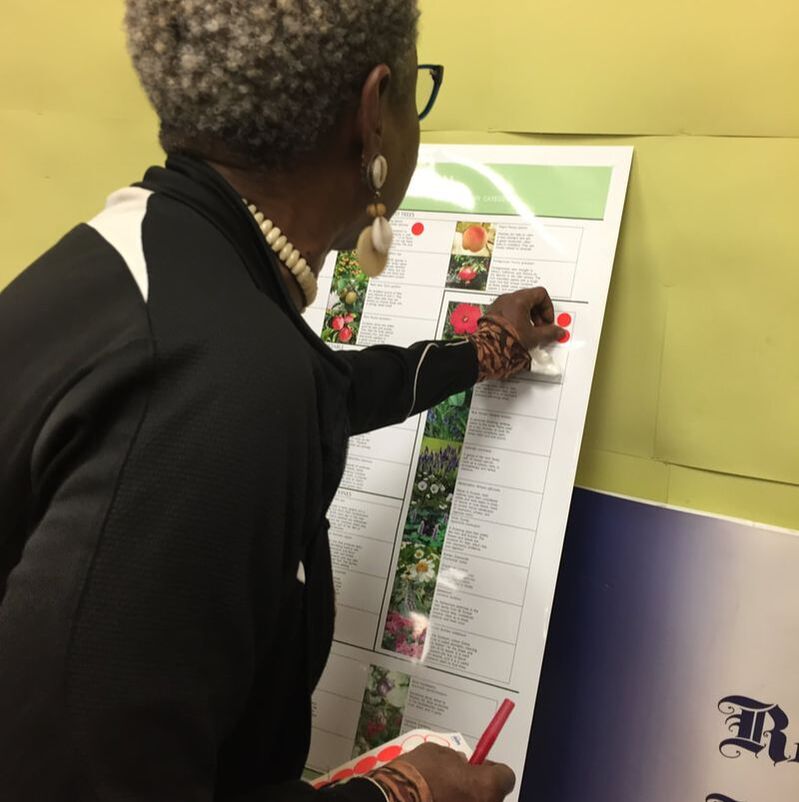Your browser does not support viewing this document. Click here to download the document.
Here is an outline of Fair Amount Food Forest's steps:
|
A spark - The idea of using public land to produce free food, diversified perennial agriculture, community gathering and educational opportunities excites people. A conversation turns into 5 years of meetings, project exploration and project organizing.
Community Input - Interact and spend time with Philadelphia communities with synergy and interest in a public food forest. Many years of community engagement and feedback provides encouragement to continue. Grow partnerships and Community - Work collaboratively with existing organizations, community members, community groups, and professionals to explore, organize and realize a viable community food forest project. Existing efforts align and a project is explored together. Project proposal - Approach the City, partner organizations, and community members with a project proposal. Through community meetings, event tabling, spending time with people, meeting with the city and alignment with many organizations, an organized project proposal is refined. Community design - Define site layout, function, and project ethos through a community-based process. After initial years of project exploration, an official community design process is co-facilitated. Community desires are incorporated into landscape design and program goals initially and throughout the life of the project.
Organized Implementation - This project is a non-profit 501(c)3 that utilizes principles of Sociocracy and Dynamic Governance with volunteer committees contributing to site development, educational programs, and community engagement. Garden development, stewardship and harvest will be organized through monthly workdays, public open house events, and weekly harvest and distribution events. The nonprofit is designed to be primarily powered by volunteers, while we aspire to included stipended community leadership and staff positions |
Consensus decision making - Fair Amount Food Forest uses a consensus decision making process and works to create open and accessible meetings for various tiers of involvement and focus. We are invested in community-design, leadership and inclusivity as this project unfolds
Community Outreach and Volunteerism - The project is volunteer and community powered. We are committed to engagement and decision making that comes from the immediate community and engaged volunteers. Funding - This project is made free to the public and is funded through grants and donations. Some paid programming, educational workshops and sales of value added products will provide sustainable income opportunities, while self sufficiency and thrift will be practiced through the use of recycled materials, plant propagation and in-kind donations. Management, Feedback, and Self-Regulation - Once planted and nurtured, the food forest will transition to land management, educational programs and harvest with feedback loops for regular improvement Longevity - Our project intends to grow this food forest into an educational and community gathering space that will flourish into our city's future |



